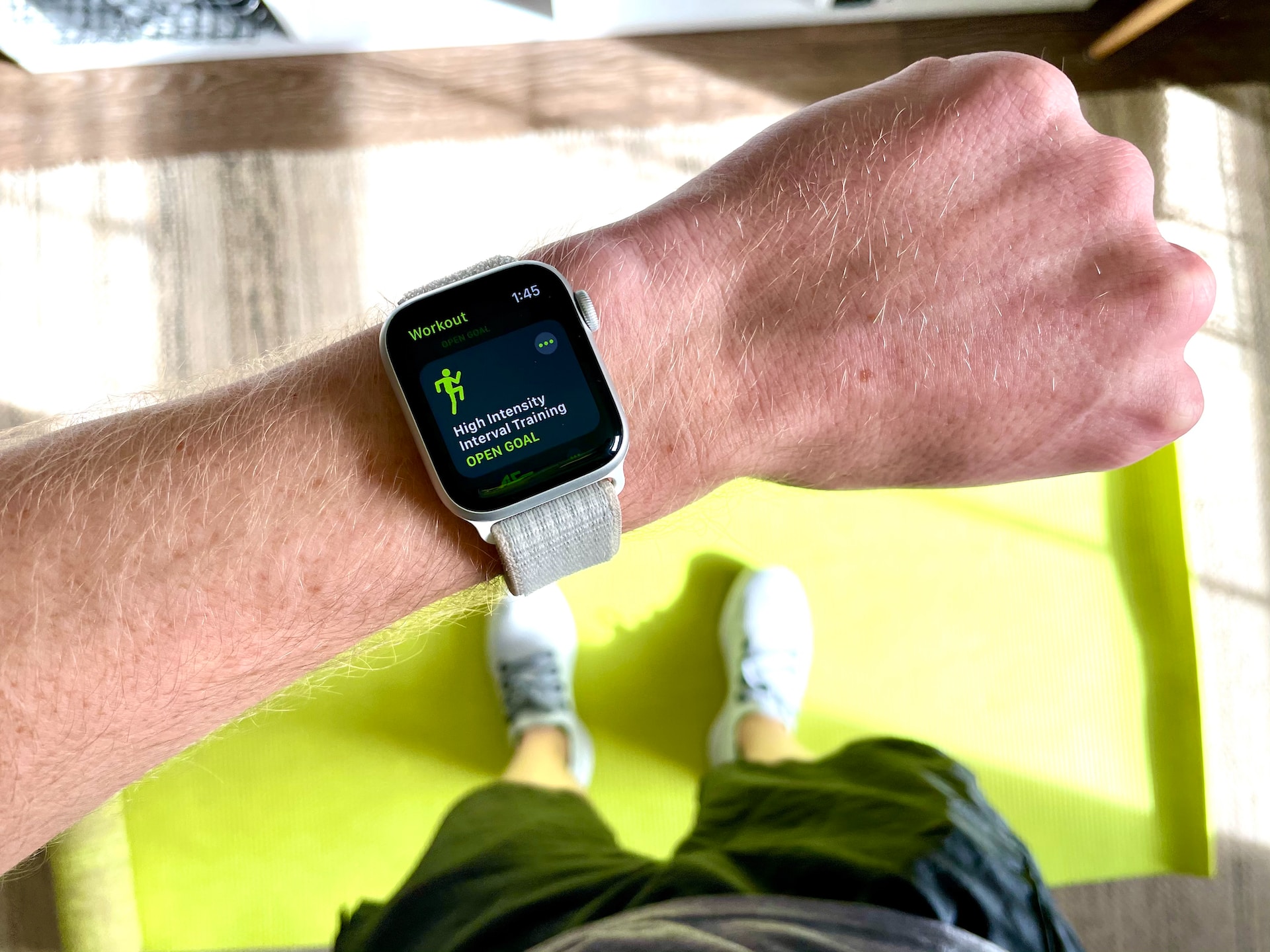As part of our service design process we often carry out primary research during the discovery phase. The reason for this is that in its most basic form it gives you the ‘why’ as well as the ‘what’, within the problem you are trying to solve, which is essential in solving the right problem in the right way.
Surprisingly, many organisations rely on secondary data to decide what to build. Things like Google Analytics and surveys are useful, however they don’t allow us to gain a clear first-hand understanding of what the core problem is, and why it’s happening.
Secondary data lacks insight
Secondary data lacks the insights needed to see that bigger picture.
If you want to improve an existing product, you can do user testing, and quantitative or qualitative data can suggest key things to work on. In this case, secondary research can be sufficient.
However, when it’s a new problem, an unknown problem, or a problem that is not well understood, then it requires primary research.
Primary research is about observing the lives of the target audiences, and the problems they face, and asking questions about the issues at hand. It’s not about asking what features they would like to see in an app, but instead exploring the wider context and problems at play, to then formatively understand what solutions are needed in response to the challenges they face.
In other words, primary research helps us to understand user needs in the fullest clearest sense, before we look to the solution, while secondary research only lets us improve on things that are already known.

Primary research to eliminate hepatitis C
We’ve recently conducted primary research for the NHS, in association with Preventx, to understand these kinds of background needs and perspectives. For hepatitis C, this covered a diverse mix of key risk groups: PWID (people who inject drugs), GBMSM (gay, bisexual, and other men who have sex with men), South Asians, and Blood Transfusion service users.
What we found yet again, was that it’s incorrect to assume too much, and that assumptions that exist in the beginning often get invalidated.
For example, a risky assumption that was prevalent was that there may be stigma issues at play in South Asian groups that may need to be addressed.
The primary research found that while some stigma may exist, that instead it was awareness that was a much bigger barrier for this key group.
Make it easier for users
Another invaluable insight unearthed in our primary research was the need to remove account authentication from the process.
It had been assumed authentication wouldn’t be an issue as it was a common practice, however it was found that users didn’t want to sign-in using personal details and that minimum triage was needed in order for all target groups to feel comfortable using this online testing service.
As part of these conversations we also found that the service had to be NHS-only-branded, without any partner logos (such as Preventx, who process the actual testing on behalf of the NHS) in order for users to feel comfortable and trust the service fully.
Furthermore, we found that the language used had to be clear and normalised for a low level of literacy. There were user group challenges in this respect, so we had to push hard to make sure a UX copywriter would be used to simplify the language, in order to articulate the process easily to any user.
This was especially important given we had to make the service design mobile-first (due to user needs), and this meant that due to the smaller dimensions of a mobile screen, that clarity and simplicity were thus even more essential.
The UX copy created as a result of this then tested exceptionally well with users.
Build the right thing
Secondary research helps to build the thing right (e.g. make the app better, based on user data). However, primary research helps us to build the right thing.
If this project (that aims to eliminate hepatitis C in England by 2025) didn’t use primary research, then an online portal would have been created, and potentially only GBMSM would have used it, as the only group who said they were happy to use online and authenticated portals, as they were more used to self-testing and platforms of this nature.
Primary research allowed us to be more inclusive to the other key risk groups, who had less awareness and understanding of hepatitis C, less familiarity with portals of this nature, and more aversion to authentication.
This allowed us to build the right thing, and to build it right; through prototyping, user testing, and iterations. Allowing the project to then move into design and development, with praise from NHS England for the insights mined and the solutions provided.
You can find out more about the project here.

Service design can save lives
Understanding your audience and talking to them at every step means that you’ll build the right thing. In some cases that means a successful product, in other cases that can mean saving lives.
Knowing what different audiences need, and creating user-centred designs around them, is the only way to build a digital solution that really solves an underlying problem.
Our discovery process begins with the vision and objectives, and identifying the problem we wish to clarify. We then carry out detailed user research, from remote interviews, to in-person workshops (depending on what works best for the target audience). We then create humanised outputs to bring these underlying issues and user needs to life (through personas and user journeys), and then create a service blueprint to fully illustrate the new service process, with all relevant stakeholders inputs included.
If you would like to know more about our discovery services then you can read more here, or get in touch at hello@nuom.co.uk
.jpg)








.jpg)
